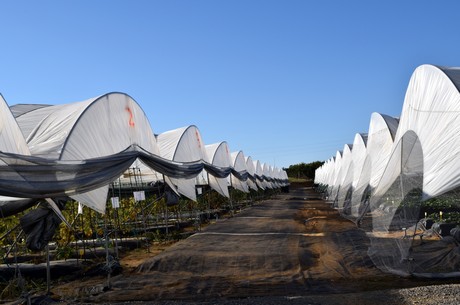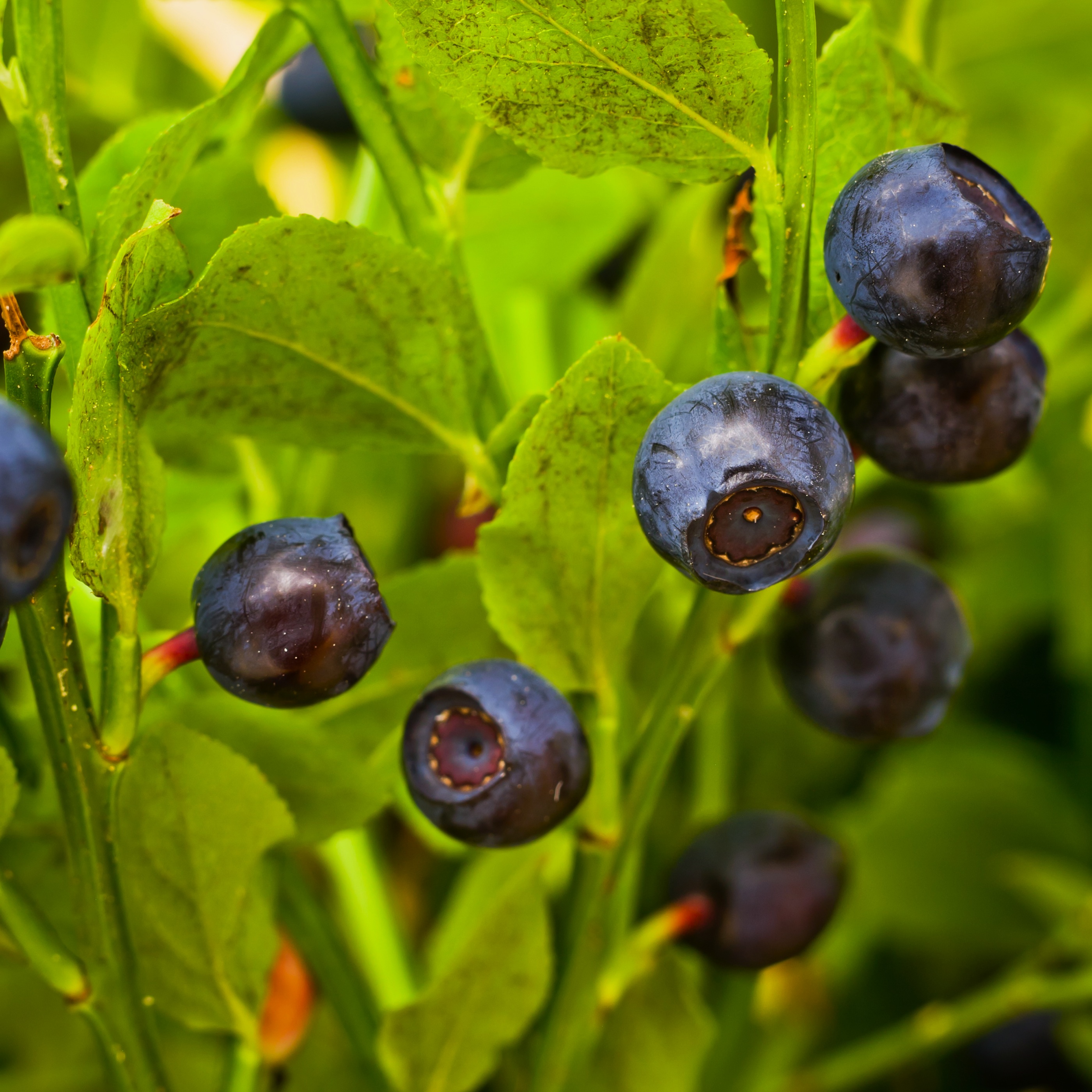Marco Antonio Vaz, technical director of Onubafruit: “We want to do with blueberries what we achieved with raspberries”
Onubafruit is a clear example of crop diversification. This year, it expects a production of 32,000 tonnes of strawberries (a volume which has remained stable over other years), around 10,000 tonnes of raspberries and 1,200 tonnes of blackberries, while its blueberry production will increase from 8,000 to 13,000 tonnes.
The acreage devoted to the production of blueberries has expanded by 30% since last season, making it the fastest growing berry, along with rasp-berries. Huelva’s growers have reduced their strawberry production once again.
The cooperative runs its own variety selection program for raspberries, blueberries, strawberries and blackberries at its experimental farms in Lepe. It counts with the collaboration of breeders from the US, the UK, the Netherlands and other places in the world. Although they started with a small plot, the project’s size is constantly expanding, and they have in fact invested 1 million Euro in a new 8 hectare experimental farm.
“We have growth prospects for our market share with our exclusive raspberry varieties Lagorai, Kwely, Vajolet and Imara, which allow us to supply raspberries all year round. We have 8 new varieties in the trial period. We have the capacity to continue growing with a marketing model that satisfies both the producer and the customer and ensures profitability for all links in the chain,” affirms Marco Antonio Vaz, technical director of Onubafruit.
As regards blueberries, Marcos Antonio Vaz states that “the way forward for the cooperative is the same as with raspberries: the breeding of exclusive varieties. The production period is becoming longer and longer. We are making progress with the earliest varieties, which will compete with the imported varieties of the southern hemisphere. We still have many months of production to cover in Huelva.”
“The berries we produce and market are all selected in Huelva, taking into account their adaptation to the characteristics of our climate, such as the accused temperature contrasts between day and night, and the management of pests present in this area,” explains Marco Antonio Vaz.
According to the expert, two important factors are taken into account when selecting a berry variety: its flavour and its shelf life, which never go hand in hand. “With the export boom in the berry sector, with prospects even beyond European borders, the shelf life of the varieties and their suitability to resist long journeys are increasingly taken into account in the selection process.”
Pest management is relatively easy in blueberries, while in raspberries it is more complicated, and in strawberries it is even harder. “For the past year, our pest management has combined biological control with the use of agrochemicals, but with a constant reduction in the use of agrochemicals and increasingly more integrated protection,” he affirms.
Onubafruit has plans to open a “berry library” to convey knowledge to children on the cultivation of berries and to teach them to enjoy them, with all the health benefits that this entails. In the next campaign, they will surprise the market with a new strawberry variety that is already in its last stage of trials.







